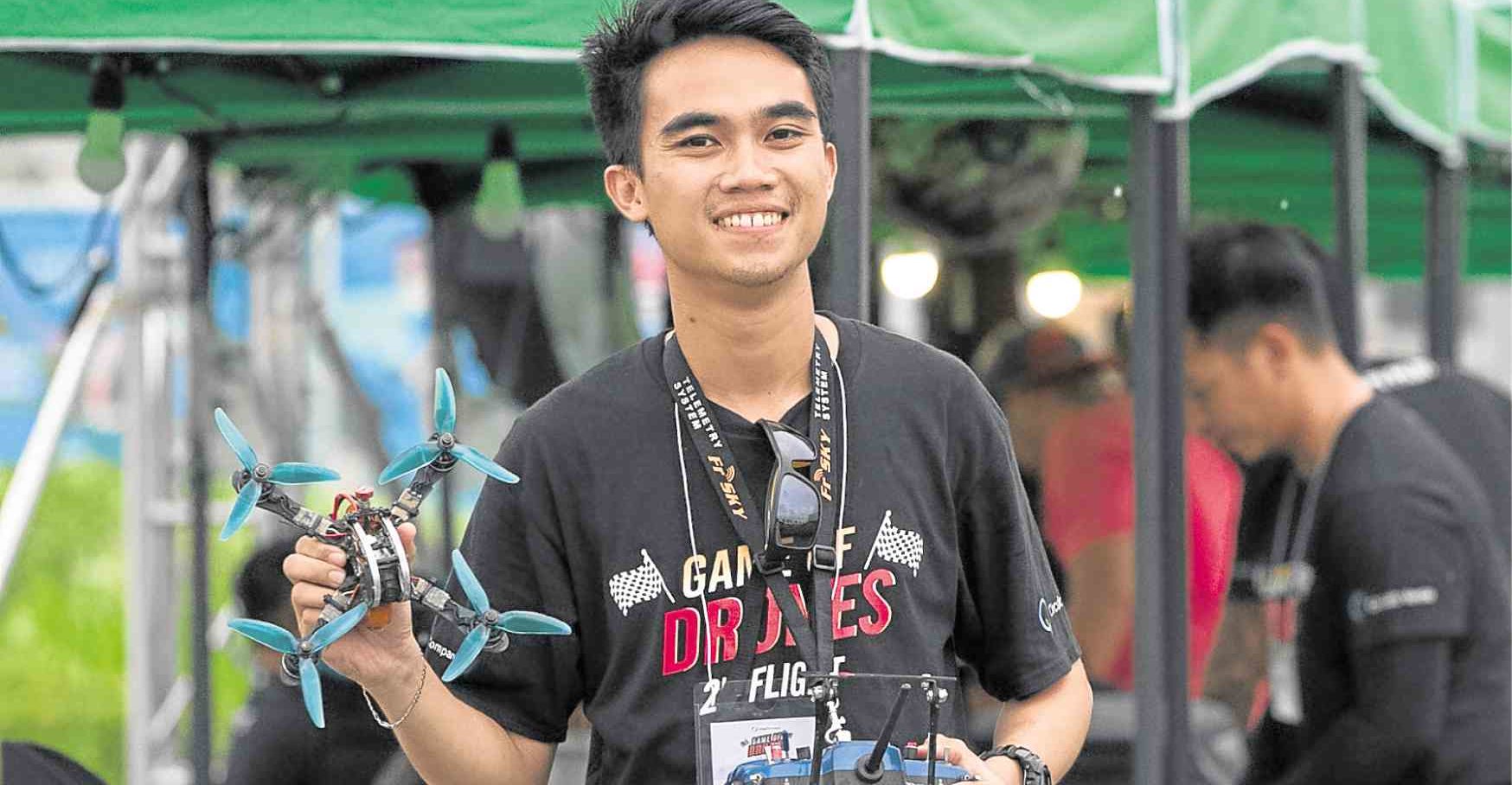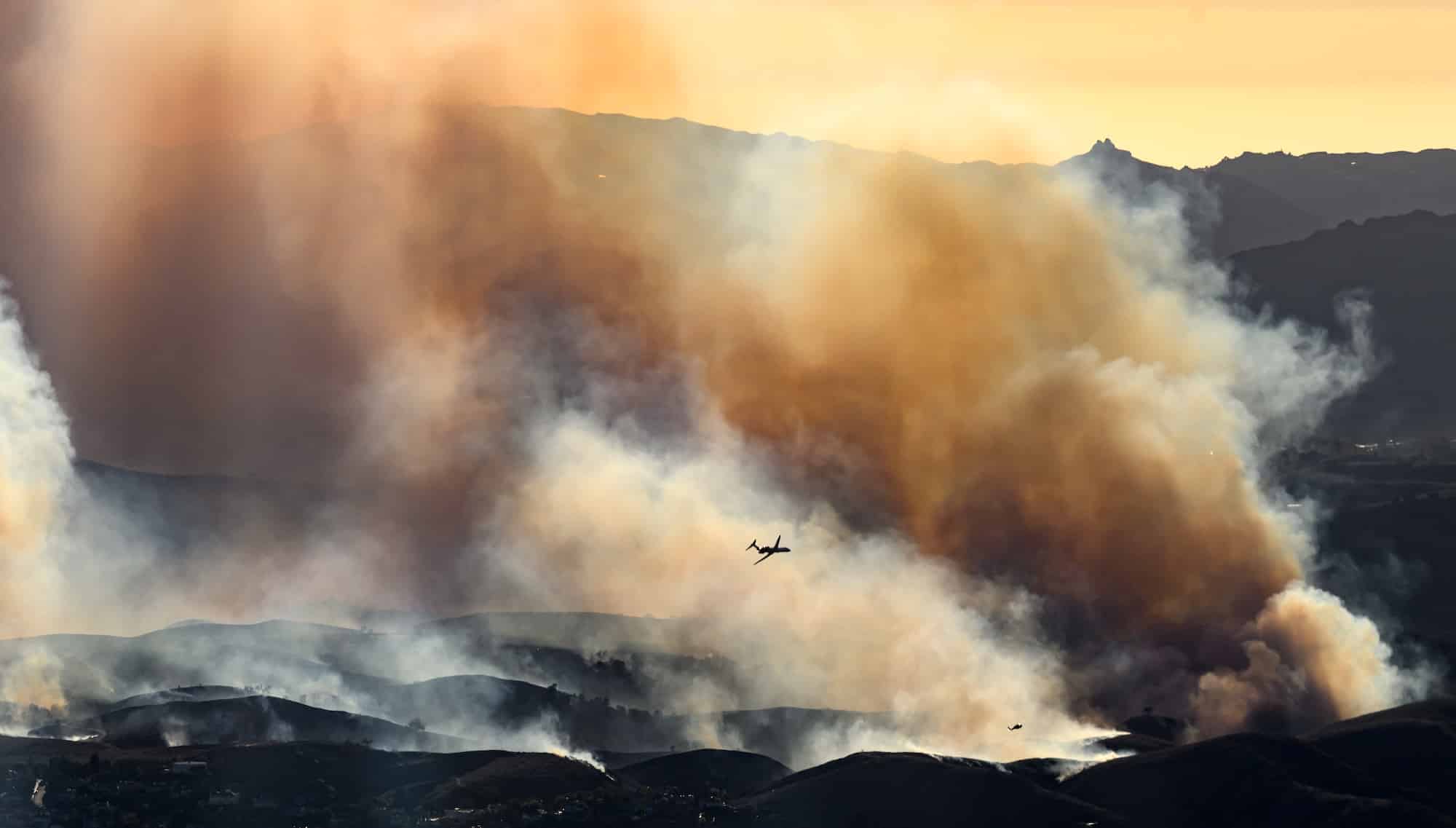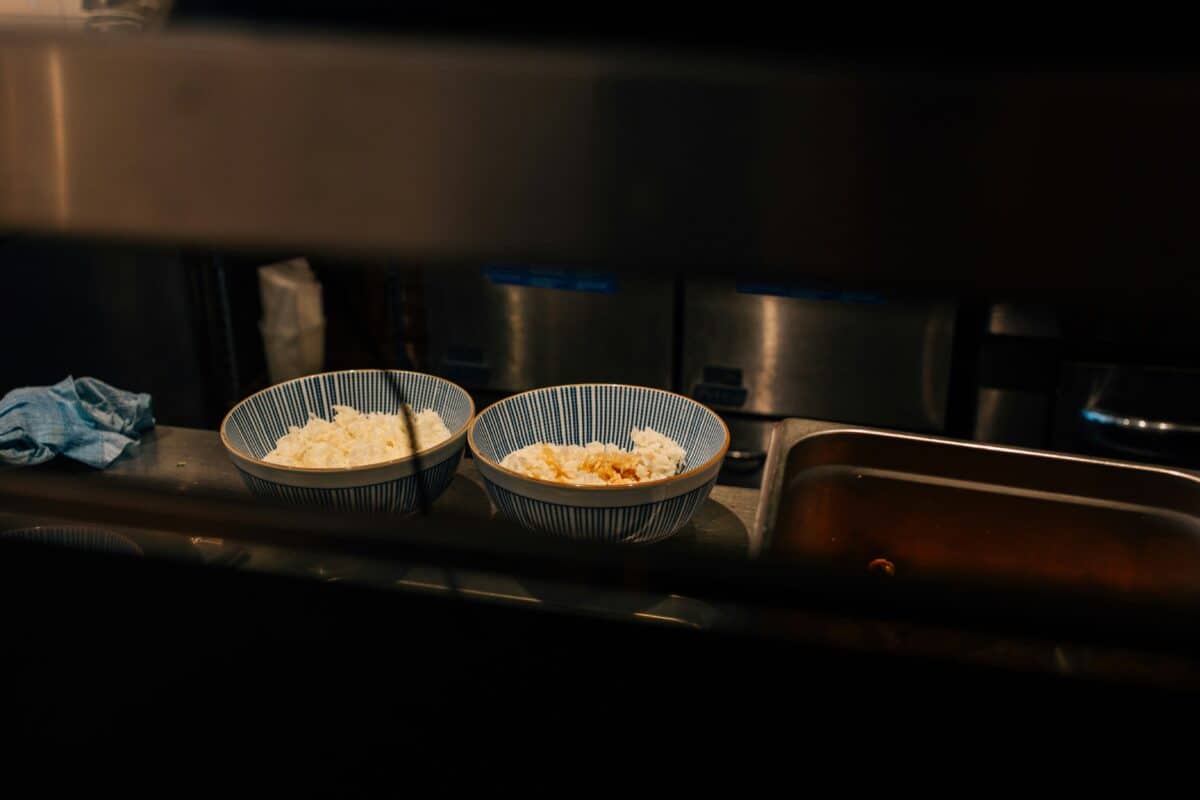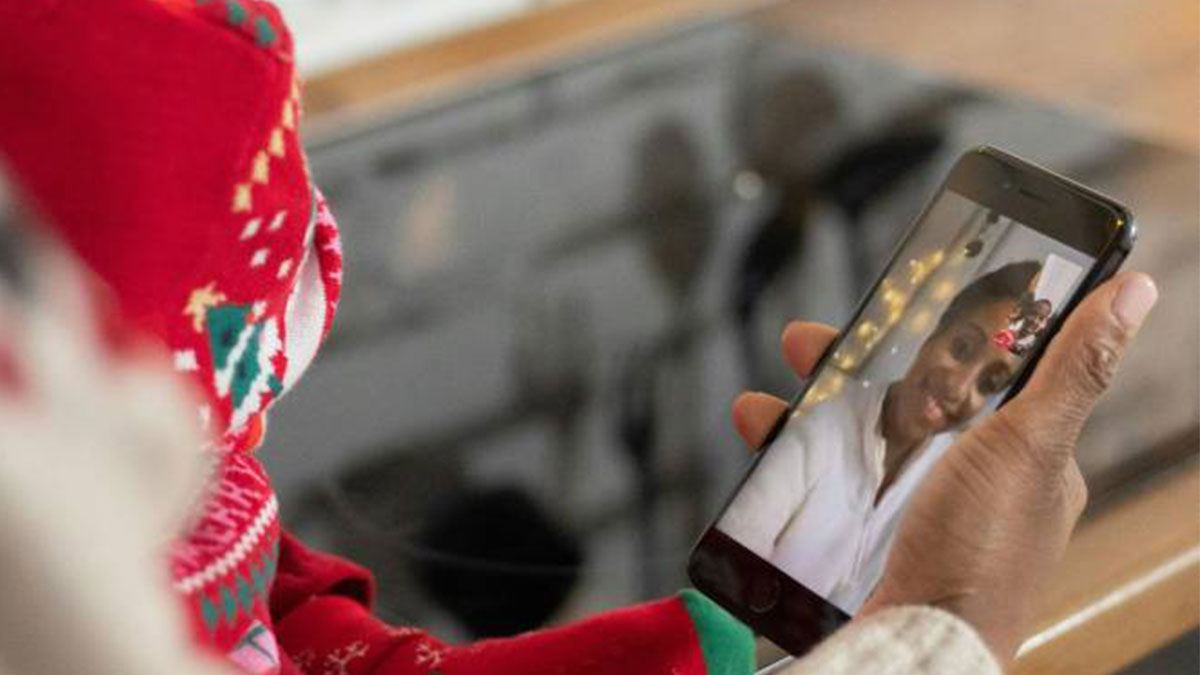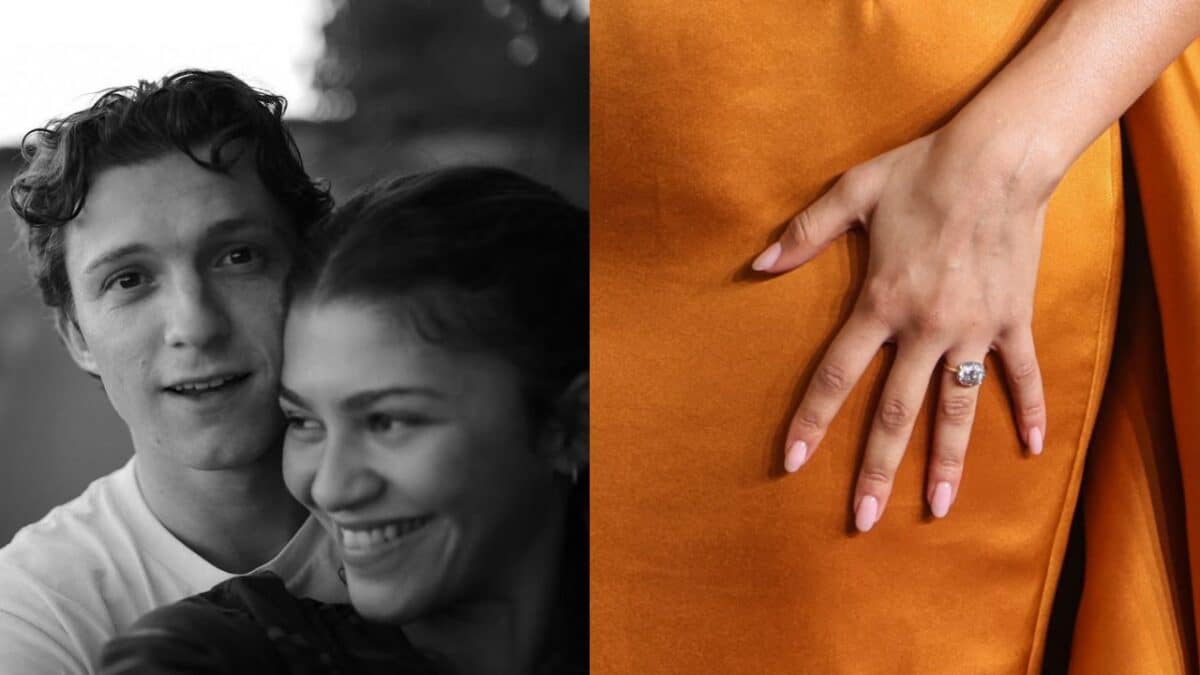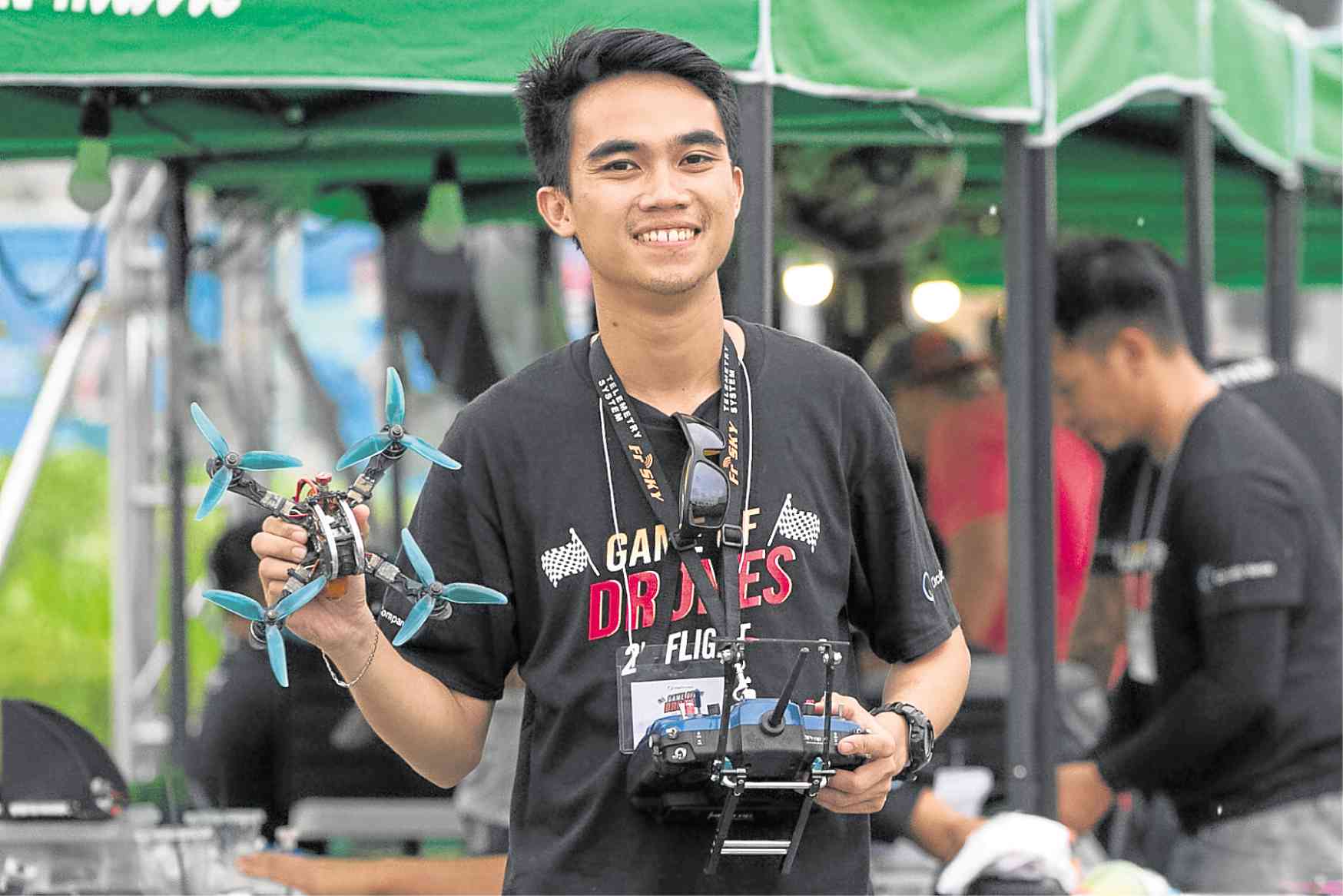
Ever had one of those dreams where you’re flying? This might be the closest thing yet.
Imagine you, or rather, your consciousness, gliding over the fields, swooping down like a hawk, or banking and turning mid-flight…
What a rush!
I’m talking about FPV (First-Person View) drone racing, and I had no idea this was even a thing until I checked out the cunningly named Game of Drones (2nd Flight) on May 26 at Circulo Verde Bike Playground in Pasig.
The air was filled with the buzzing of… drones.
You know, those remote-controlled, battery-powered propeller-driven flying toys you can sometimes see hovering in the air over parking lots or open fields.
Only these were pretty sophisticated rigs, with tiny sports cameras mounted on them, and their pilots (yes, that’s what they’re called) synched into them with virtual reality goggles. Using radio waves, the camera transmits a live video feed right into the goggles, so that the pilot sees what the drone “sees,” in real time.
It’s the difference between flying a kite, and flying an F-16. Or at least, a Cessna.
“Everybody wants to fly, and they can experience it through FPV,” says Jerico Taleon, a Cebu-based electrical engineer who had flown in specially to compete in Game of Drones.
“Once you put on the goggles, the experience of sitting in front of the quad, and banking—that’s the thrill, nakakatanggal ng stress.”

Taleon was, I learned, a champion racer and something of a legend in the FPV drone racing world, and, therefore, the ideal subject matter expert to school me on the sport.
And it is a sport—a rapidly growing one. The “FPV Racing Philippines” Facebook page alone (www.facebook.com/ groups/fpvracingphil) has 3,000 members, and probably many more lurkers.
FPV racing drones measure 250 mm, measured diagonally from motor to motor (the drone typically has four powering the propellers).
The advantage of FPV racing drones versus bigger rigs is, the experience is more immersive, Taleon says. You can bank, you can tilt, you can follow fast-moving subjects like motocross or drift cars, and in case you crash your drone at 80 kph, the only pain you’ll feel is in your wallet, when you have to replace parts or the whole thing.
An entry-level rig—which consists of the drone, the camera, the remote controller and the video goggles—costs around P25,000.
Addictive
Upgrades can easily double or triple the price tag, and of course, the more you crash, the more you have to spend on replacement parts.
For hardcore FPV racers, however, the adrenaline rush is addictive, and well worth the price.
It’s the next level up from first-person videogames, because you’re in a real environment, not just a virtual one.
Most FPV pilots start out doing what Taleon calls “freestyling”—just flying around. Eventually, after they log enough flying hours, they learn to do flips, rolls, acrobatic flying and other stunts.
Instead of learning by crashing, which can be an expensive proposition, Taleon suggests beginners start by downloading an FPV flight simulator program for PC and practicing in the virtual world first.
Now would probably be a good time to mention that there are no-fly zones: public parks and anywhere you can hit a spectator or pedestrian if you crash, and anywhere within a 10-km radius of an airport.
It’s also a good idea to scope out a potential course before flying it, to spot cables, branches and other hazards.
“After about three hours of flight simulation, you can start cruising,” he says. “You won’t have to spend too much on crashed drones.”
Eventually, however, the beginner should move on to the real thing.
“There’s still a big difference,” Taleon says. “The computer can’t replicate the feeling of gravitational pull, mass and inertia.”
And that’s where the thrill lies, apart from recording the footage and posting it online for the delectation of fellow enthusiasts, earning bragging rights for particularly daredevil rides.
A De La Salle electrical engineering graduate, Taleon actually started out building his own drones from a sawed-up picture frame and some cheap motors, because he didn’t have the funds to buy one.
He installed a rudimentary camera chip on his homemade drone, flew it, and posted the footage online.
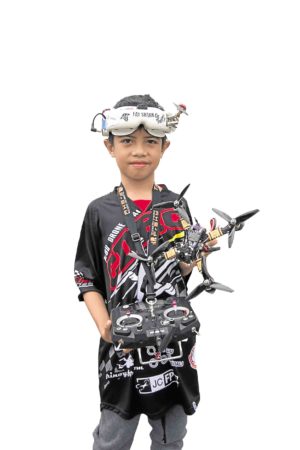
“At that time, people were posting mostly stable shots, but I was flying through the woods,” he recalls.
Viewers were so impressed that someone sent him a set of motors so he could build another drone and post more footage.
Today, he’s sponsored by Cobra Motors, an international drone component manufacturer. His video posts typically get 3,500 to 5,000 views, which is plenty of marketing exposure for the sponsor.
Biggest
He also competes internationally. He just returned from an event in Hong Kong where FPV Racing Philippines competed with enthusiasts from all over the world.
Game of Drones is the biggest competition in the country today, says Monique Castañeda, marketing manager for Ortigas & Company which owns Circulo Verde, the event venue.
A mixed-use development designed around active lifestyles, the property includes indoor and outdoor tracks for cycling, which can be repurposed for drone racing.
There are three competitions for Game of Drones: a Time Trial (who can fly the fastest through the course); Rotocross (who can maneuver the fastest through the obstacle course without crashing); and a Drone Photography contest. (Taleon won both the Time Trial and Rotocross this year.)
The youngest contestant this year is a 7-year-old, Taleon says. “In 2016 a 12-year-old won the equivalent of P14 million in an international competition in Dubai.”
This is only the second year Game of Drones has been held, but interest and participation are growing.
“This can only get bigger,” he says of the emerging sport. “Two years ago, no one could imagine such a thing as drone racing—not even me.”

